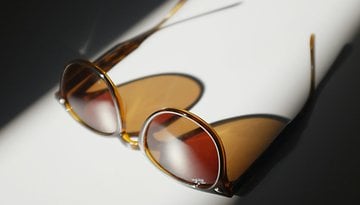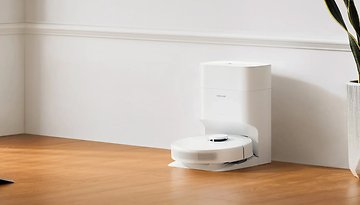VR training is dramatically reducing workplace injury


Virtual reality headsets could become a common sight in the workplace, as more companies are using them for training purposes. Spanish auto company SEAT has been doing this for some time, and now reports a significantly reduced risk of workplace accidents as a result. In the past two years the rate of muscle injuries among SEAT workers has decreased by 70%.
In a recent post on their website entitled 'An avatar on the assembly line', the manufacturer explains how it monitors the employee health and arrived at that number. SEAT has its own in-company biomechanics lab aimed at occupational health. Employees working on assembly lines have their body movements and muscle activity tracked by an array of 20 cameras and various sensors. This data is used to create a 3D videogame-style avatar for analysis.
In tandem with this is using virtual reality programs and equipment to create virtual assembly lines that employees can practice on. Thus, different ideas in the assembly line can be experimented with without having to overhaul the actual factories themselves. The insights gained through VR training can then be used with the data from the avatars to create improvements to the assembly line that are more ergonomic and less risky for humans.
The assembly line is hard work. Movements must be precise, and repeated many times. "Technology enables us to recreate the assembly line in our lab facilities. It’s essential that the worker performing the test realistically reproduce the exact motions they would make on the job" explains Sonia García, who is responsible for Ergonomics at SEAT. "Some workers perform the same motions up to 100 times a day, so job rotation and the design of the assembly line are crucial in order to prevent possible injuries".
We've previously reported how virtual reality is being used in business and commerce for designing and shopping for real estate, architecture and engineering. Powerful augmented reality or mixed reality sets like Microsoft's HoloLens 2 or the Magic Leap One are also popular in this regard, allowing an overlay of virtual objects over the real environment.
What do you think of using virtual reality in the workplace? Have you ever tried it?
Source: SEAT



















